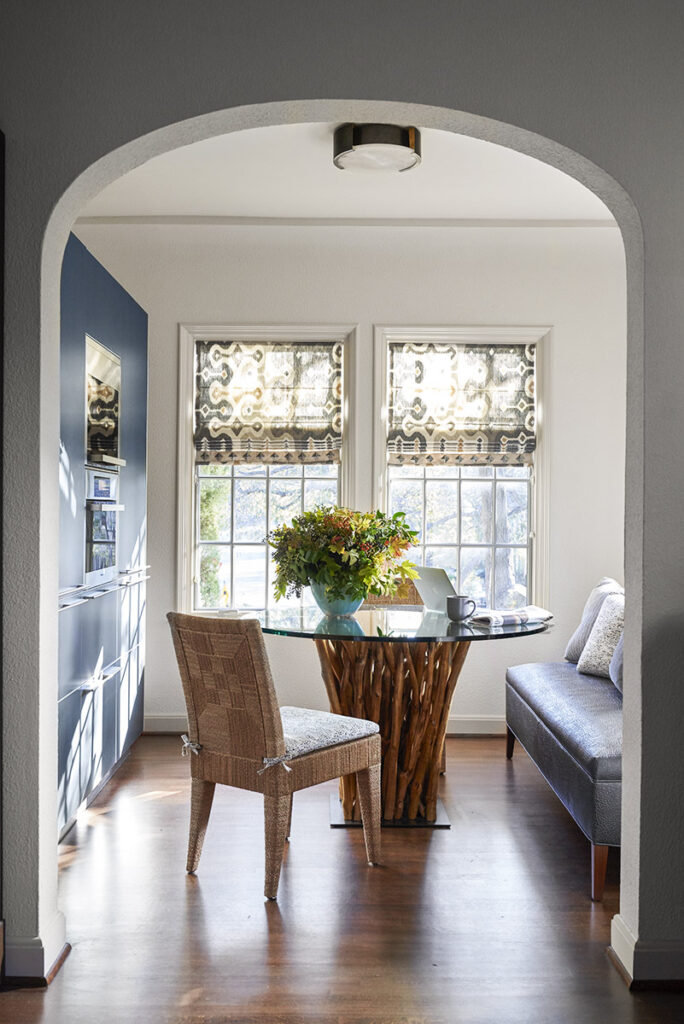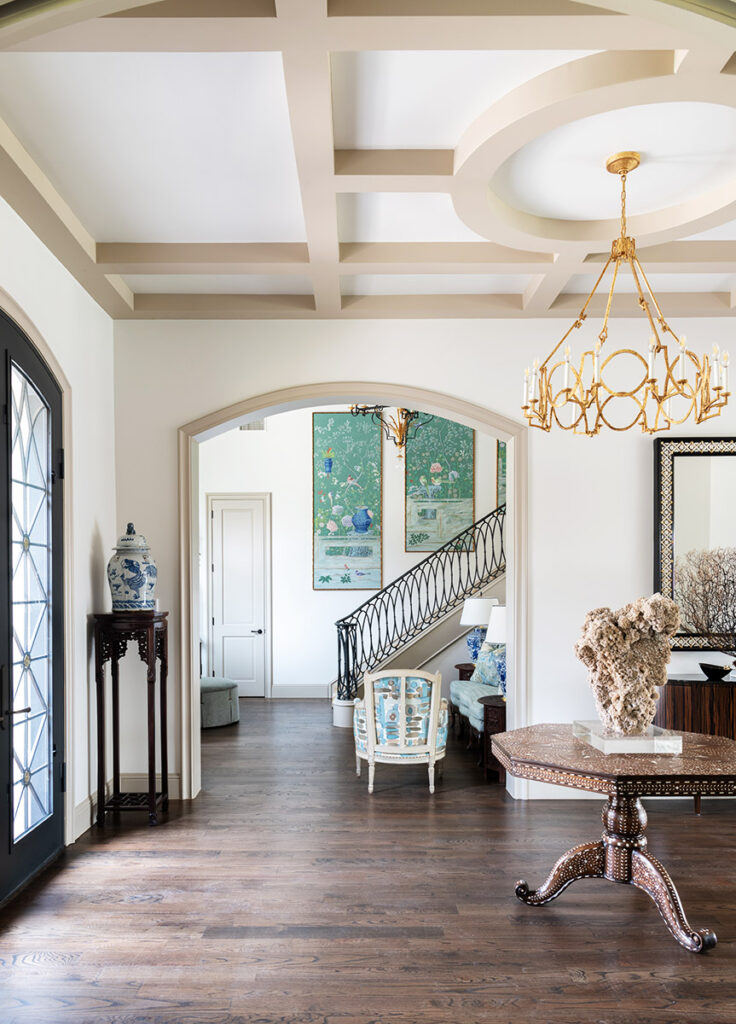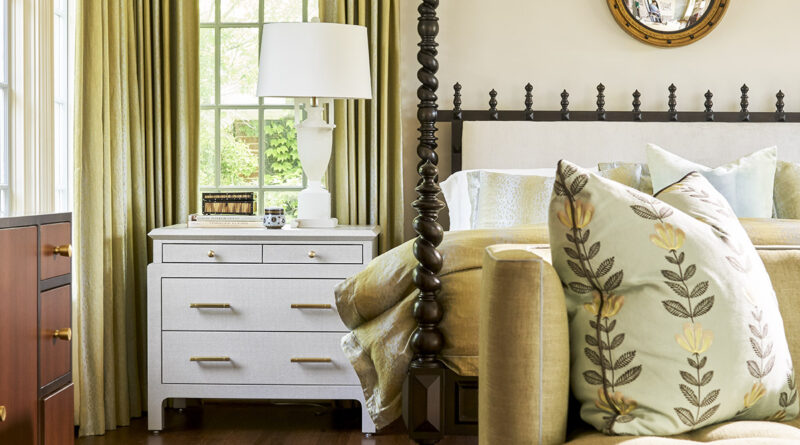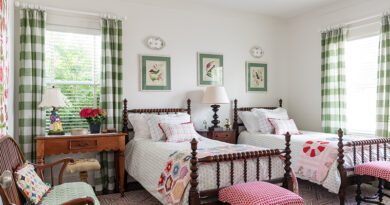Four-Step Checklist for Choosing the Best Hardwood Floors
Hardwood is the preferred choice for flooring among designers and homeowners alike.
But between choosing your wood species, sawing method, plank width, stain, and finish, there are a lot of decisions to make. Before you shop, I recommend going over the following checklist to help narrow down your options.
1. Choose between solid or engineered hardwood.
Solid hardwood is the more traditional option, but engineered hardwood — in which a thin upper layer of wood is bonded to layers of plywood and composite material — is becoming more and more popular.
The advantages of solid hardwood are that it’s quieter underfoot and has a longer lifespan. Engineered hardwood flooring is less likely to shift as the wood expands and contracts, making it the best choice for rooms where moisture can be an issue, such as basements and bathrooms.
2. Choose your wood species.
Oak is the most commonly used wood in the U.S. because it is affordable, easy to stain, and durable. Cherry, maple, hickory, walnut, and ash are other options, each with their unique colors and grain patterns. No matter the species, try to select a wood that is already close to the stain color you want.

For this 1927 home, we kept the oak hardwood floors but sanded and re-stained them in a darker color. 
If you look closely, you can see the irregular patterns of the grain in these 5-inch quarter-sawn white oak planks.
3. Choose the plank width and pattern.
In the past, two-and-a-half to three-and-a-half inches was the standard width for wood floor planks. Today, the latest trend is to use planks 4 to 7 inches wide. Wider planks are associated with luxury homes and are appropriate for large rooms. Planks laid in herringbone patterns go well with entryways, dining rooms, or studies.
4. Choose your stain and finish.
Dark and light stains are suited for different styles of homes. While light wood floors are good for modern or casual homes, dark wood floors are more traditional and sophisticated.
Different finishes can transform wood flooring. The same wood plank in a mid-gloss, high-gloss, matte, distressed, or wire-brushed finish will look completely different. I suggest staying away from hand-scraped finishes, as they look dated. For high-traffic rooms, I recommend looking into polyurethane coating.
Do all the different options make your head spin? At my firm, we typically use wood flooring with rugs in our projects, so we are very knowledgeable about the options and latest trends. When in doubt, it never hurts to consult a professional before you take the plunge.








